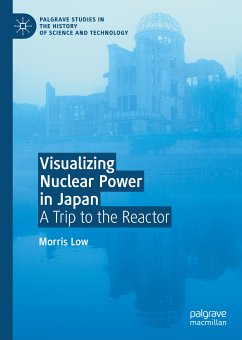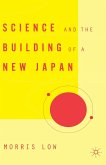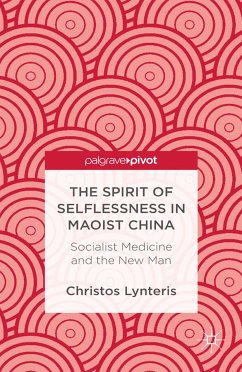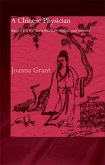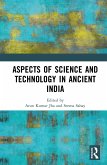Dieser Download kann aus rechtlichen Gründen nur mit Rechnungsadresse in A, B, BG, CY, CZ, D, DK, EW, E, FIN, F, GR, HR, H, IRL, I, LT, L, LR, M, NL, PL, P, R, S, SLO, SK ausgeliefert werden.
"Visualizing Nuclear Power in Japan offers a compelling narrative that shows the rich potential of a visualapproach in the history of technology. ... Low notes that the story is still being written-an opportunity, then, for others to build on his fascinating work." (Ruselle Meade, Isis, Vol. 113 (1), March, 2022)
"The strength of the book is definitively its rich historical materialsand its evocative writing. For a work of history, the book reads almost like an ethnography. ... the book is too specialized to be of interest to undergraduate students, but it will definitely become a staple for scholars studying the aftermath of the 2011 Fukushima nuclear disaster. Inthat regard, the book contributes to the growing literature on nuclear propaganda, a subject that remains important and controversial." (Maxime Polleri, Metascience, Vol. 30 (1), 2021)

